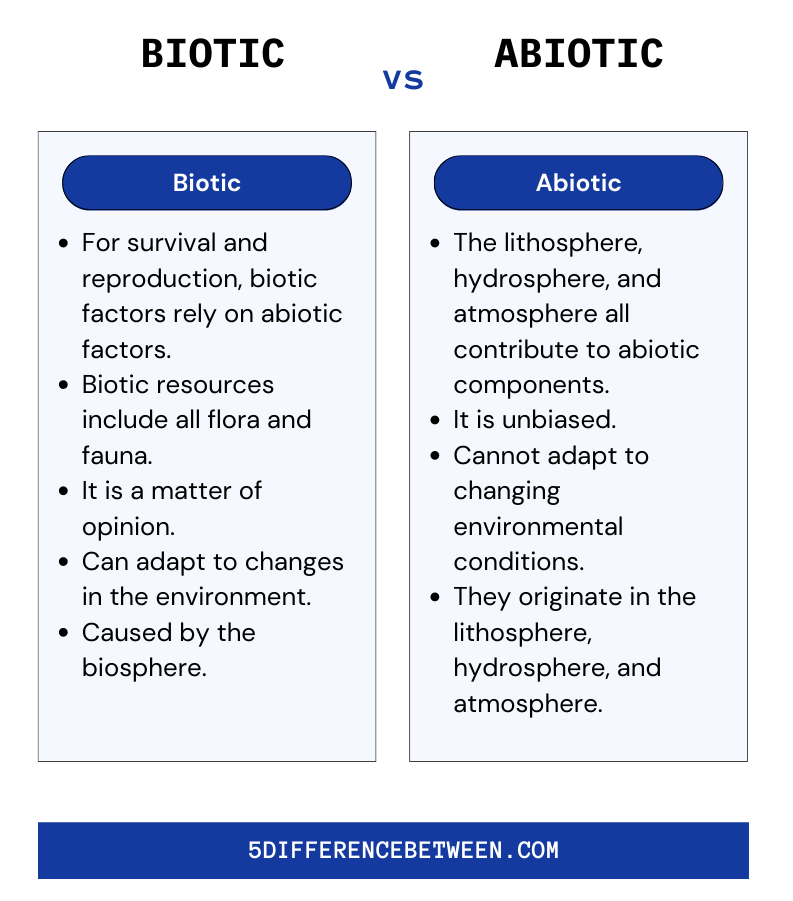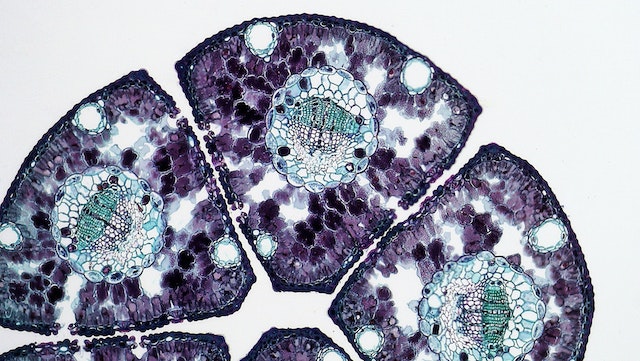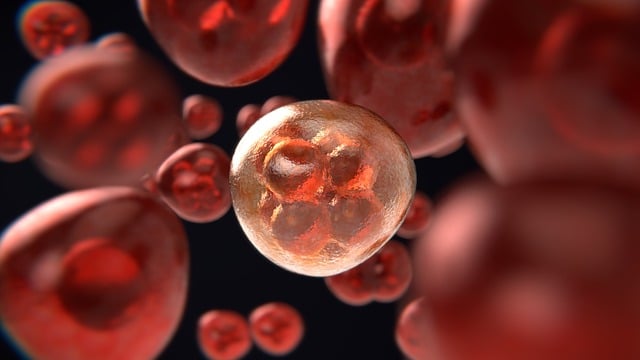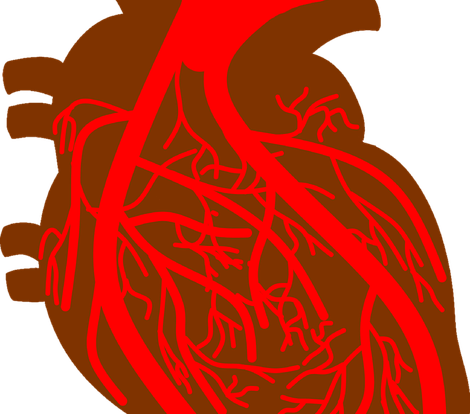The terms biotic and abiotic refer to two distinct components of an ecosystem. Non-living elements are referred to as abiotic components, whereas living organisms are referred to as biotic components. The difference between biotic and abiotic helps us understand how organisms interact with their environments. We will look at the different components and how they interact to form a balanced ecosystem in this paper.
Why is It Called Biotic?
Plants, animals, fungi, and microorganisms are examples of biotic organisms. Biotic elements are those found in ecosystems. They are influenced by the environment and, in turn, can influence the environment. Plants and animals interact with one another and with their surroundings in a variety of ways, ranging from the food chain to climate regulation. Biotic elements are classified into two types: producers and consumers. Producers are organisms that can generate their own energy, whereas consumers are organisms that rely on producers to meet their energy requirements. Biotic elements interact with one another in a variety of ways, including competition, predation, and symbiosis. These processes are required for healthy ecosystems to function properly.
Also Read > Difference Between Arteries and Veins
Why is It Called Abiotic?
The non-living components of an environment are referred to as abiotic. Temperature, light, wind, precipitation, soil composition, and mineral composition are examples of physical and chemical factors. Abiotic factors are critical for life’s survival because they provide the basic resources on which all organisms rely. Abiotic factors interact with one another as well as with biotic factors such as animals and plants to form a complex web of interactions that influence the structure and function of an ecosystem.
These factors can be manipulated to alter an environment, for example, by adding fertilizers or irrigation to promote plant growth, or by introducing pollutants into an environment that can harm organism health. Abiotic factors can cause changes in the biotic components of an ecosystem, such as an increase in the number of species or a decrease in the abundance of a specific species.
Difference Between Biotic and Abiotic
An ecosystem’s biotic and abiotic components interact with one another to maintain environmental balance. Plants, animals, fungi, and bacteria are examples of biotic factors in an ecosystem. These organisms interact with one another to form a complex web of relationships that includes competition, predation, and symbiotic relationships. Water, sunlight, temperature, and soil all interact with one another as biotic factors.
Water, sunlight, temperature, and soil are examples of abiotic factors in an ecosystem. They are environmental, physical and chemical components that have an effect on living organisms. In the environment, both factors interact to influence the growth, development, and behavior of living organisms. Biotic factors interact with one another as well as with abiotic factors, whereas abiotic factors only interact with biotic factors.
Biotic Vs Abiotic

To summarize, both factors are important components of an ecosystem. Abiotic factors are nonliving elements such as water, sunlight, and soil, whereas biotic factors are living organisms such as plants and animals. Both interact to form an interactive and well-balanced ecosystem and the difference between these two makes everything clear.






